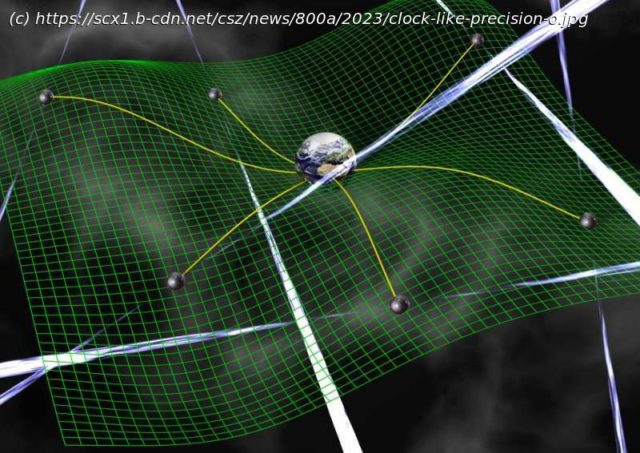A team of European astronomers, along with Indian and Japanese colleagues, has reported evidence that strongly suggests the detection of ultra-low-frequency gravitational waves. Such waves, which have not previously been observed, probably originate from pairs of supermassive black holes at the center of merging galaxies.
A team of European astronomers, along with Indian and Japanese colleagues, has reported evidence that strongly suggests the detection of ultra-low-frequency gravitational waves. Such waves, which have not previously been observed, probably originate from pairs of supermassive black holes at the center of merging galaxies.
This discovery is the result of more than 25 years of observations with the most sensitive radio telescopes in Europe and India, including the Westerbork Synthesis Radio Telescope (WSRT) in the Netherlands. In doing so, they have opened a new window for studying gravitational waves, which can give astronomers a glimpse into the universe’s best-kept secrets. The team’s research has been published in a series of articles in the journal Astronomy & Astrophysics.
The scientists on the team collaborate within the European Pulsar Timing Array (EPTA) and the Indian Pulsar Timing Array (InPTA). In EPTA, astronomers and theoretical physicists from more than ten institutions across Europe are using observations of very regular pulses from pulsars—highly magnetized rotating neutron stars—as a gravitational wave detector that is essentially the size of our Milky Way galaxy. From the Netherlands, astronomers from ASTRON and Radboud University are involved. It was also announced today that other teams from around the world have independently reported the same observations.
The astronomically vast gravitational wave detector, which spans 25 specifically chosen pulsars scattered across the Milky Way, enables researchers to investigate gravitational waves at ultra-low frequencies with wavelengths of several light years.






